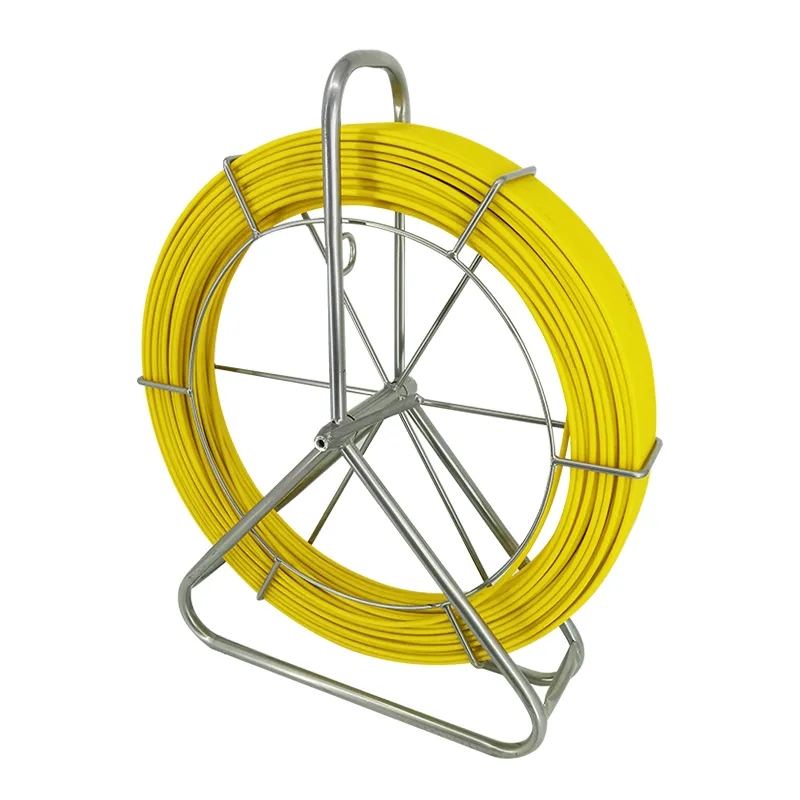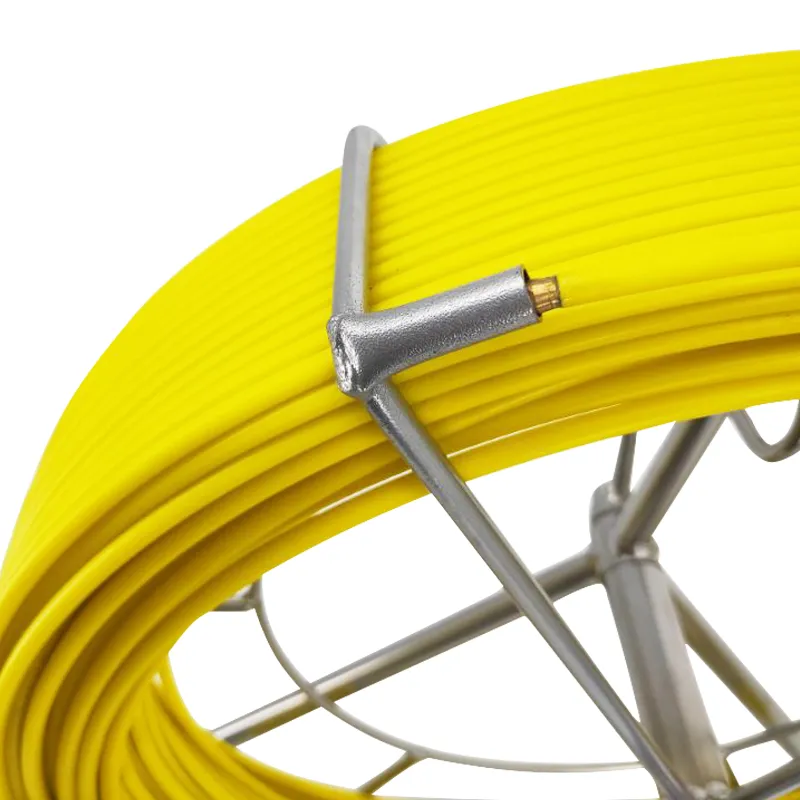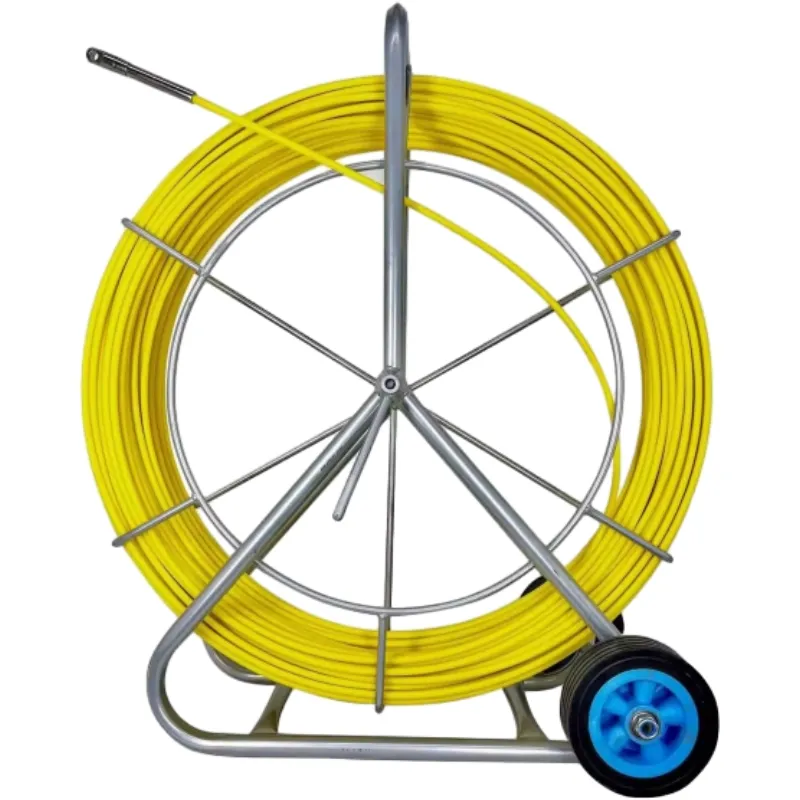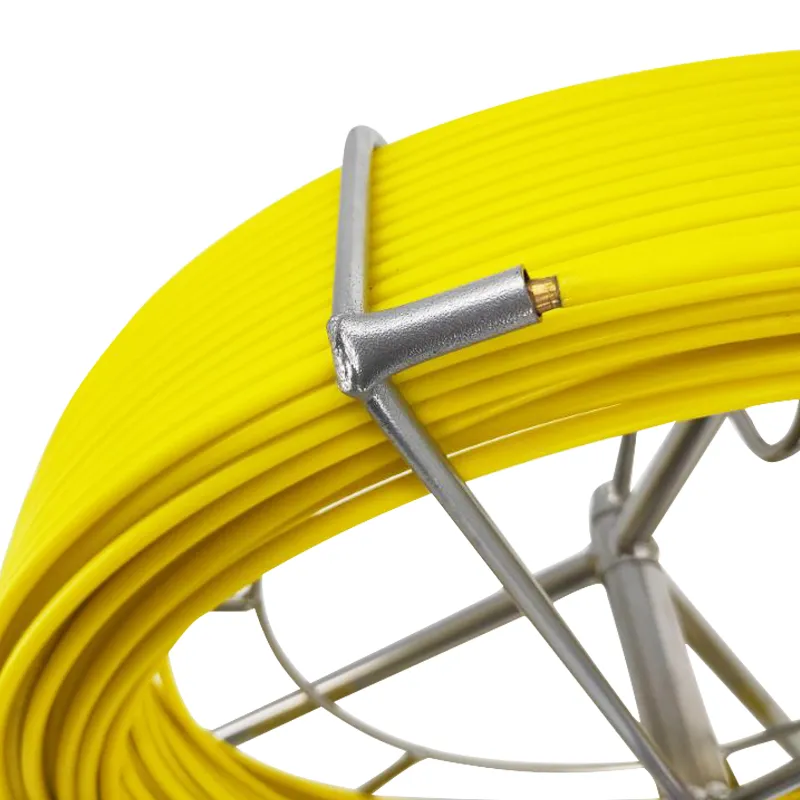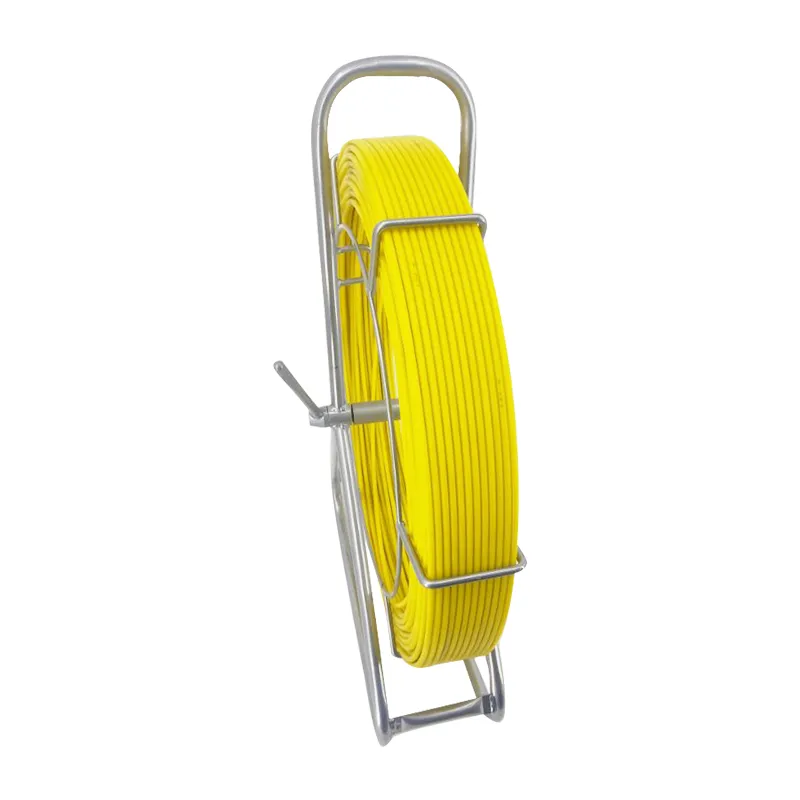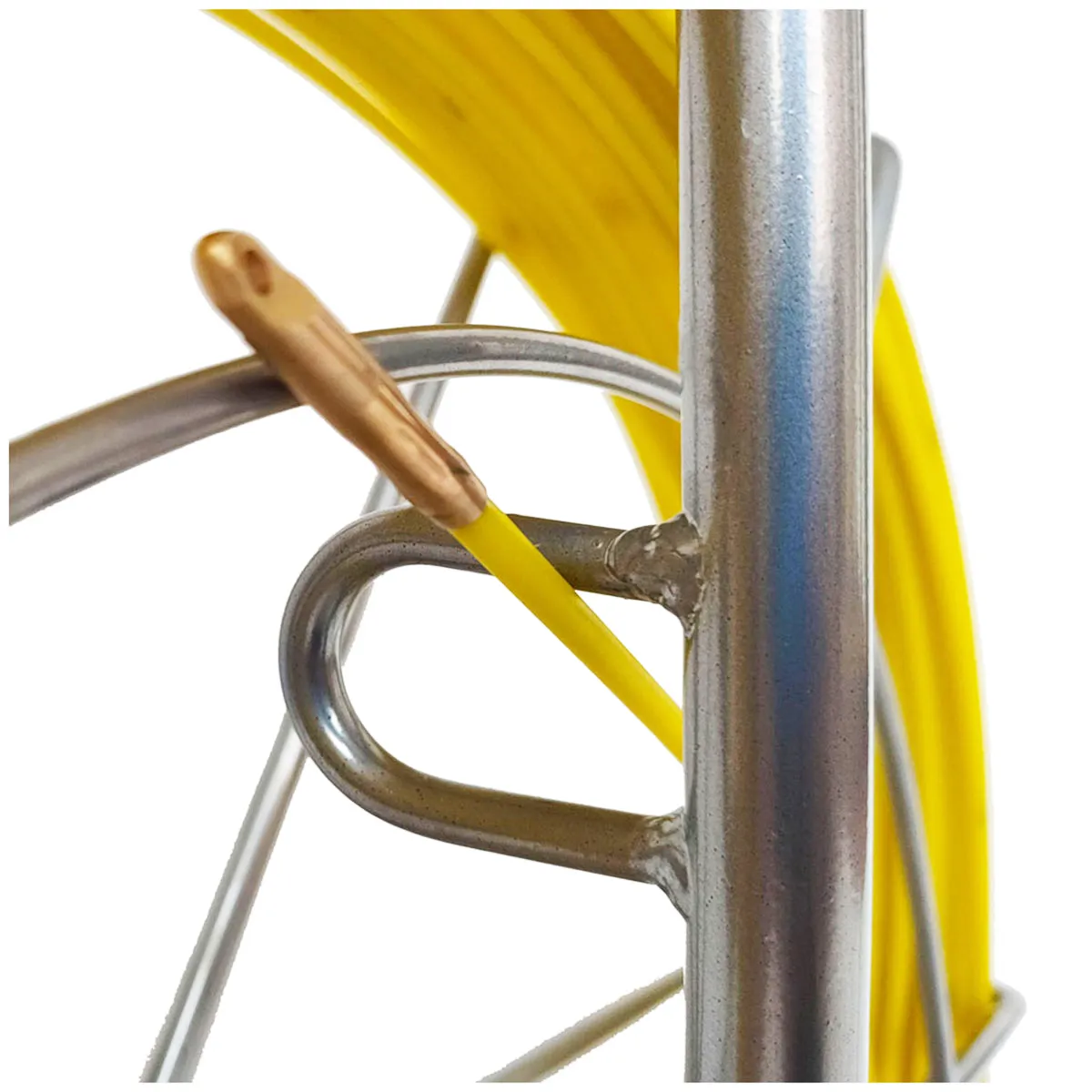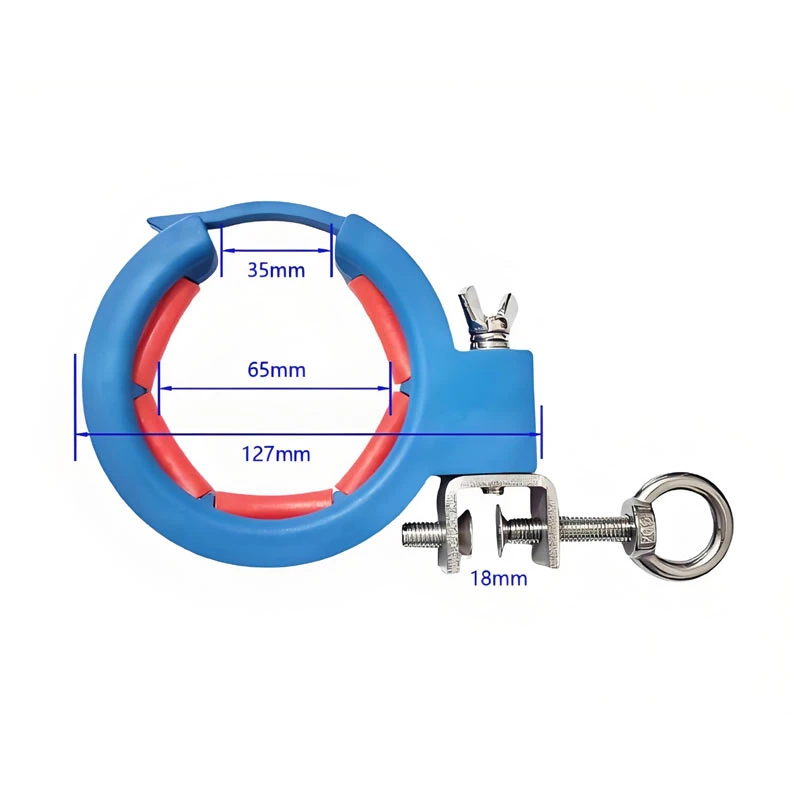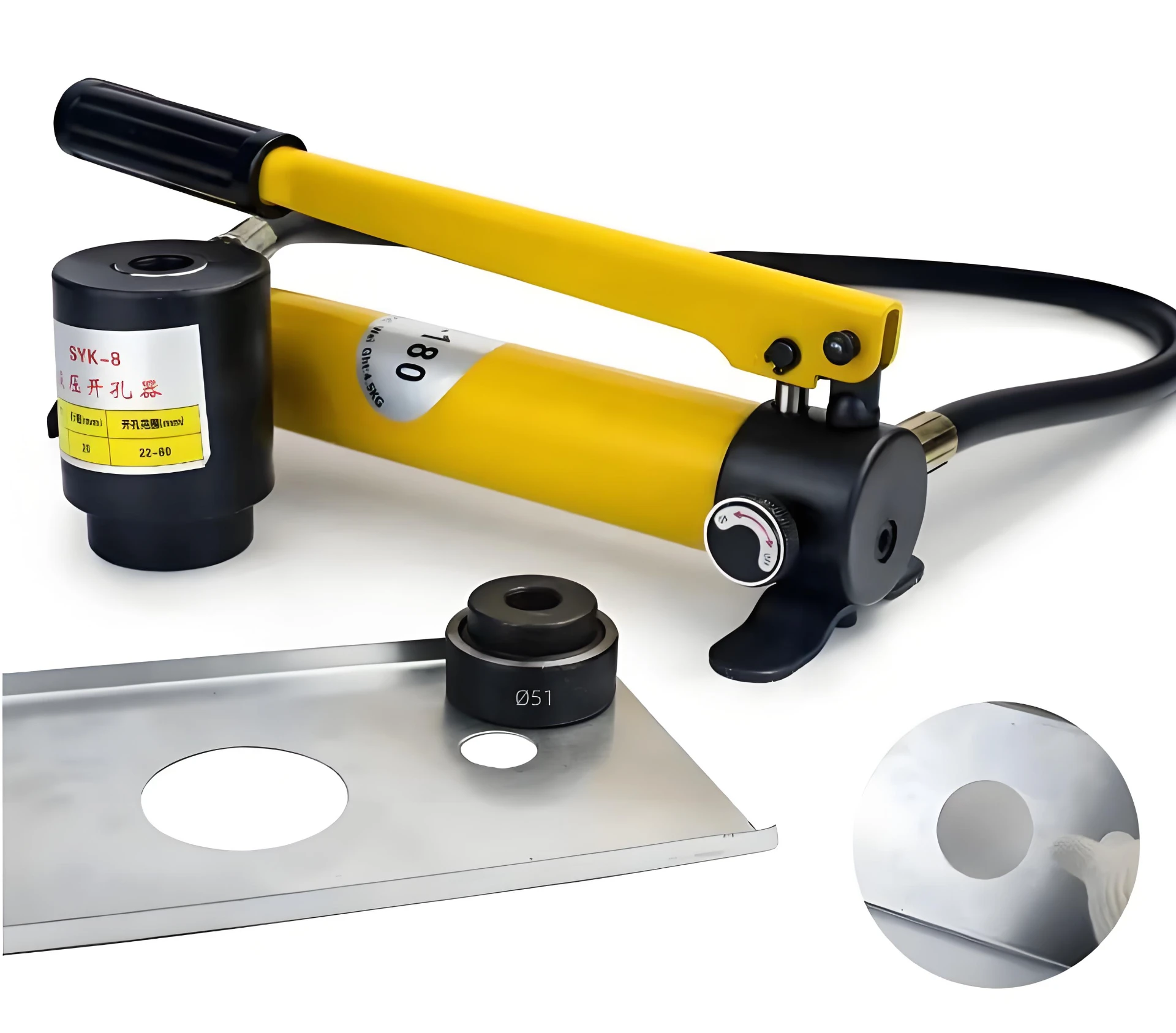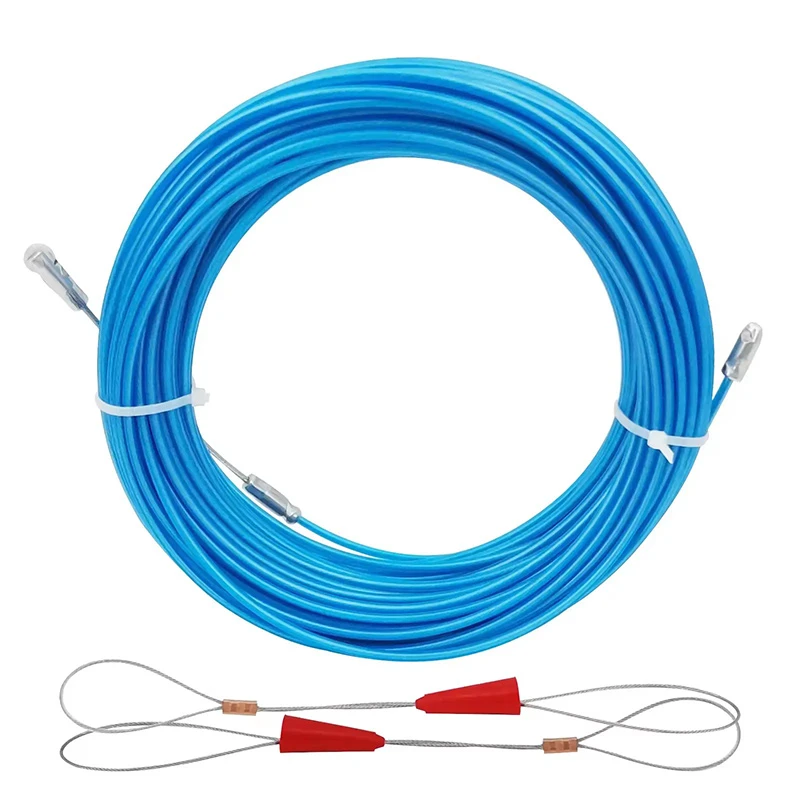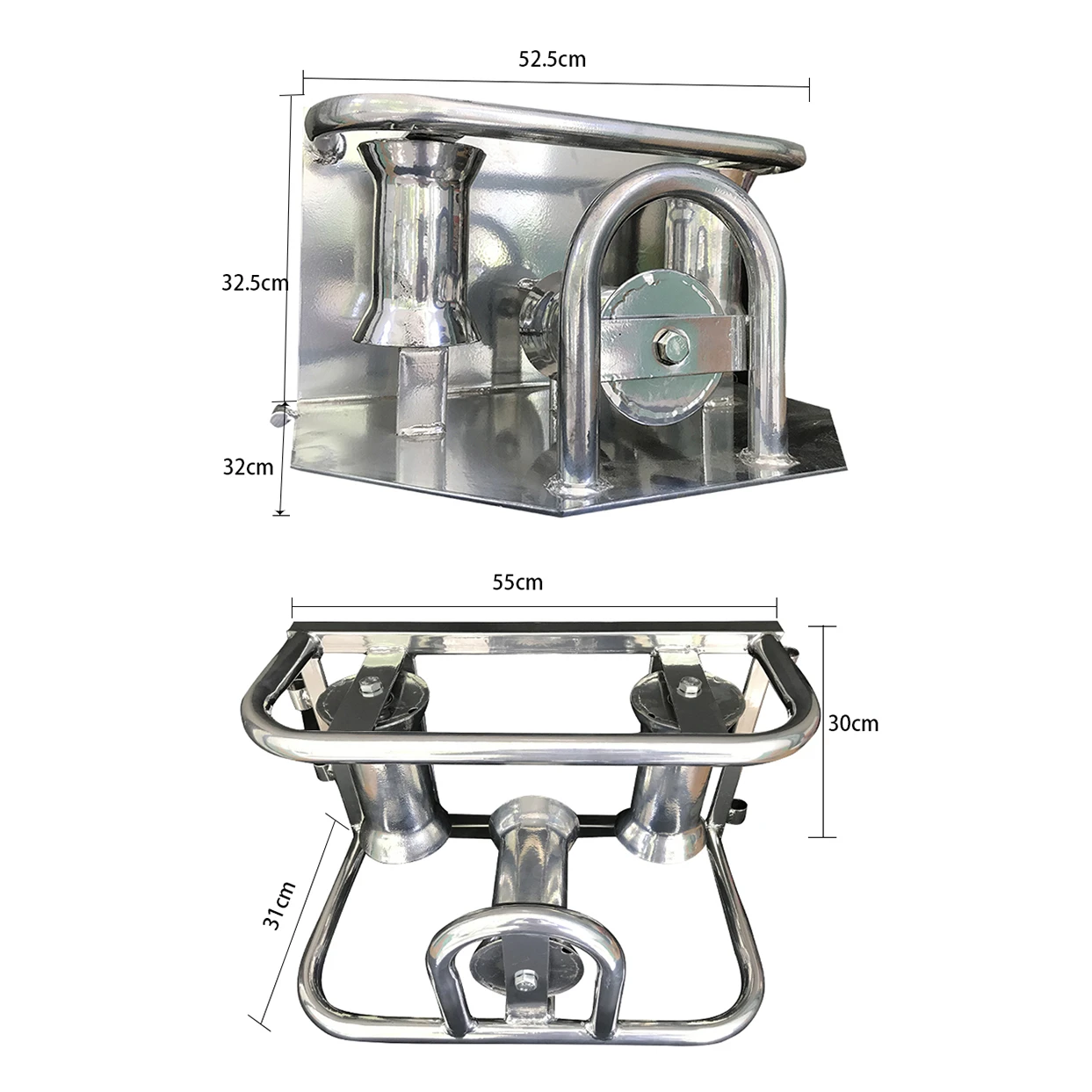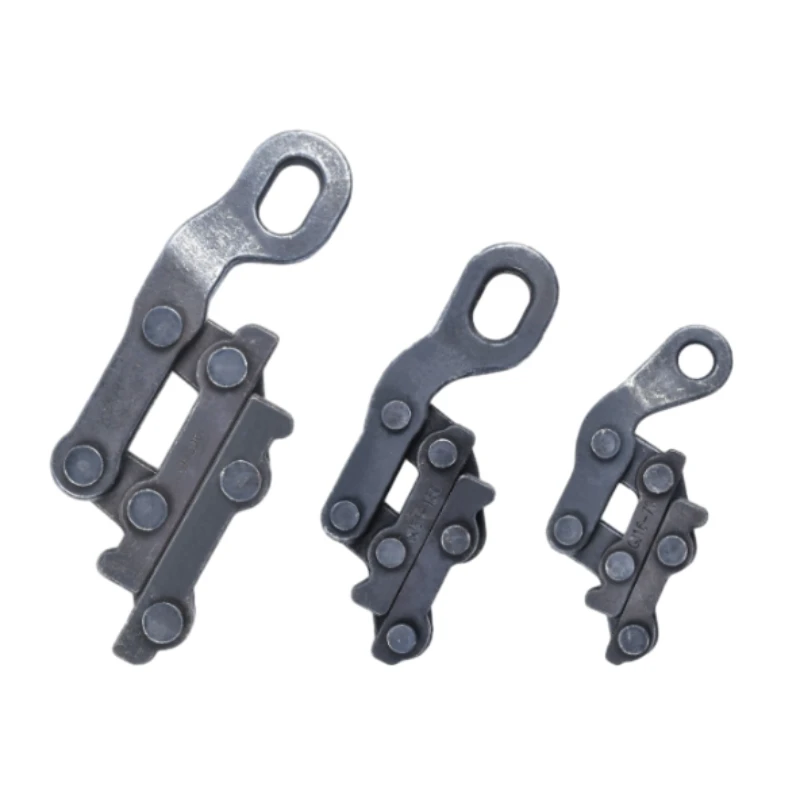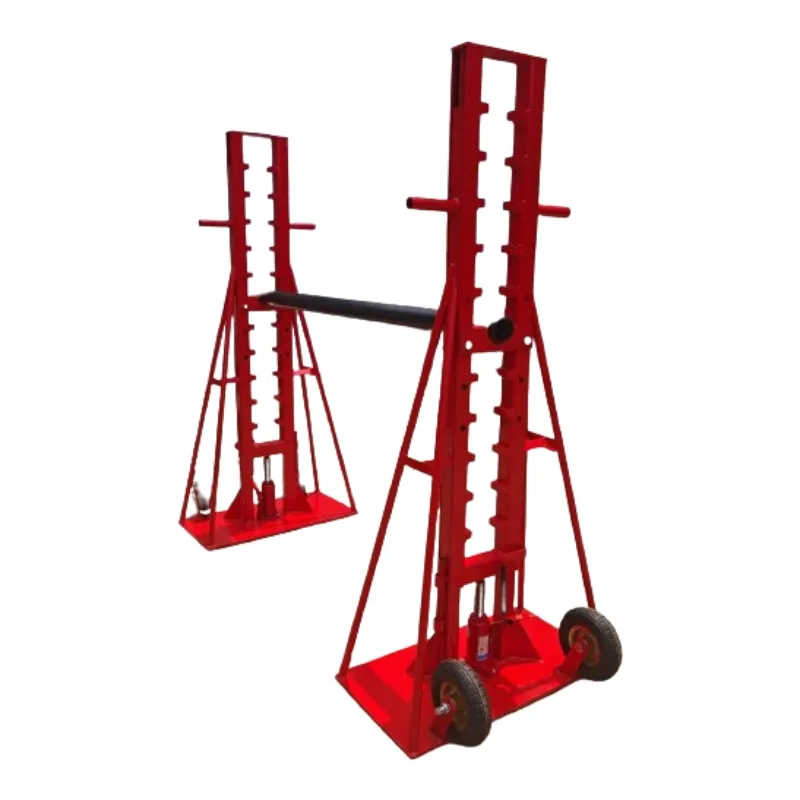 מאפיינים
מאפיינים
- מוט פיברגלס פנימי: תהליך שיחול עשוי פיברגלס אלקטרוני ושרף איכותי בטמפרטורה גבוהה.
- מוט סיבי זכוכית חיצוני: פולימר מפותח
- הרכבה: מסגרת מתכת מצופה אבקה; גלגלי גומי להובלה קלה; גלילי הנחיה לחיבור סיבובי; בלם חניה לבקרת מוט גמיש.
- חוט נחושת בפנים הוא אופציונלי, המיועד למעקב קל או לשימוש מקצועי אחר.
- כלוב מיסב מתגלגל לניידות חזק וקל לשימוש.
- התקן הזנה מאפשר כניסה והוצאה חלקה של המוט
- קצוות משיכה בעלי אף שור עמידים בפני חלודה עם מגוון אביזרים.
 מִפרָט
מִפרָט
|
רוד דיה. (mm) |
Weight (גרם/מ"ר) |
רדיוס כיפוף (ס"מ) |
מוּצָע length(m) |
מקסימום מוצע duct Dia. (mm) |
הליבה הפנימית הוא. (מ"מ) |
סטיית שבירה/מ"מ |
כיפוף מקסימלי כוח (kn) |
חוזק מתיחה (kn) |
|
4 |
19 |
5 |
80 |
50 |
3 |
6.9 |
0.21 |
|
|
4.5 |
22 |
5 |
80 |
50 |
3 |
|||
|
5 |
32 |
6 |
100 |
60 |
4 |
6.9 |
0.366 |
|
|
6 |
40 |
6 |
100 |
60 |
4 |
|||
|
7 |
66 |
10 |
150 |
80 |
6 |
7.0 |
0.825 |
350 |
|
8 |
77 |
10 |
200 |
80 |
6 |
|||
|
9 |
100 |
15 |
200 |
100 |
7 |
7.1 |
1.24 |
2000 |
|
10 |
125 |
18 |
250 |
200 |
8/8.5 |
7.1 |
1.68 |
2800 |
|
11 |
148 |
20 |
250 |
200 |
8.5 |
|||
|
12 |
165 |
20 |
300 |
200 |
8.5 |
|||
|
13 |
205 |
25 |
300 |
250 |
10 |
7.3 |
1.86 |
3000 |
|
14 |
225 |
25 |
300 |
250 |
10 |
|||
|
15 |
283 |
32 |
200 |
300 |
12 |
7.3 |
2.97 |
3500 |
|
16 |
305 |
32 |
200 |
300 |
12 |
|
גדלי כלוב (ס"מ) |
50x41x18 |
58x49x18 |
67x57x18 |
80*70*25 |
98x90x45 |
108x100x45 |
118*110*45 |
140*130*45 |
|
קוטר מוט 4.5 מ"מ |
100 מטר |
150 מטר |
--- |
--- |
--- |
--- |
--- |
--- |
|
קוטר מוט 6 מ"מ |
--- |
100 מטר |
150 מטר |
--- |
--- |
--- |
--- |
--- |
|
קוטר מוט 8 מ"מ |
--- |
--- |
--- |
100 מטר |
200 מטר |
--- |
--- |
--- |
|
קוטר מוט 9 מ"מ |
--- |
--- |
--- |
--- |
150 מטר |
200 מטר |
--- |
--- |
|
קוטר מוט 10 מ"מ |
--- |
--- |
--- |
--- |
--- |
150 מטר |
350 מטר |
--- |
|
קוטר מוט 11 מ"מ |
--- |
--- |
--- |
--- |
--- |
--- |
300 מטר |
--- |
|
קוטר מוט 12 מ"מ |
--- |
--- |
--- |
--- |
--- |
--- |
300 מטר |
--- |
|
קוטר מוט 13 מ"מ |
--- |
--- |
--- |
--- |
--- |
--- |
250 מטר |
--- |
|
קוטר מוט 14 מ"מ |
--- |
--- |
--- |
--- |
--- |
--- |
200 מטר |
300 מטר |
|
קוטר מוט 16 מ"מ |
--- |
--- |
--- |
--- |
--- |
--- |
--- |
250 מטר |
|
משקל (ק"ג) |
2 |
2.4 |
2.9 |
4.5 |
19 |
23 |
28 |
35 |
 הצגת מוצר
הצגת מוצר
Cable Pulling Equipment: Efficient Tools for Smooth Cable Installation
In modern infrastructure projects, efficient cable installation is crucial for maintaining productivity and minimizing downtime. Cable pulling equipment plays an essential role in helping electricians, telecommunication engineers, and utility workers lay cables quickly and safely through ducts, conduits, and underground systems. Among these tools, the Fiberglass Cable Duct Rodder stands out for its strength, flexibility, and reliability.
A fiberglass duct rodder consists of a solid fiberglass core with a high-tensile strength, coated with a smooth resin layer that reduces friction while pulling cables. The rod is housed on a sturdy steel or aluminum frame, making it easy to transport and operate on job sites. Its non-conductive nature also ensures user safety when working around electrical installations.
One of the main advantages of fiberglass rodders is their ability to navigate long or curved conduits where traditional pulling methods fail. They can push through bends and obstructions without kinking, allowing workers to pull cables over extended distances efficiently. This makes them ideal for power lines, data cables, and communication networks.
In addition, cable pulling equipment such as winches, pulling grips, and lubricants are often used together with fiberglass duct rodders to improve workflow and reduce cable damage. For professionals seeking durability, versatility, and safety in their cable installation projects, fiberglass cable duct rodders remain one of the most trusted solutions on the market.
Fiberglass Duct Rodder Applications: Reliable Solutions for Utility and Construction
The Fiberglass Duct Rodder has become a must-have tool for technicians working in utilities, telecommunications, and construction. Designed for tracing, locating, and pulling cables through conduits, this innovative equipment simplifies tasks that once required extensive manual labor. Its wide range of applications makes it indispensable for both small-scale maintenance and large infrastructure projects.
In the telecommunication industry, fiberglass duct rodders are used to install fiber optic cables through underground ducts or wall-mounted conduits. Their flexibility allows them to travel through narrow or curved pathways, ensuring that cables can be laid smoothly without damage. For electrical construction, they help guide power cables safely through protective piping systems, reducing the risk of short circuits and mechanical strain.
Utility companies also use fiberglass rodders for pipeline and sewer inspection, as they can carry cameras or detectors through pipelines to identify blockages or damages. In addition, their non-conductive fiberglass structure ensures safety when working around live circuits or metal structures.
Available in various lengths and diameters, fiberglass duct rodders can be customized for specific tasks. Whether it’s for underground cable pulling, conduit cleaning, or duct mapping, their durability and resistance to corrosion make them suitable for both indoor and outdoor use.
By combining flexibility, strength, and ease of operation, fiberglass duct rodders continue to deliver outstanding performance, making them a reliable partner in every modern utility and construction environment.




















































































































